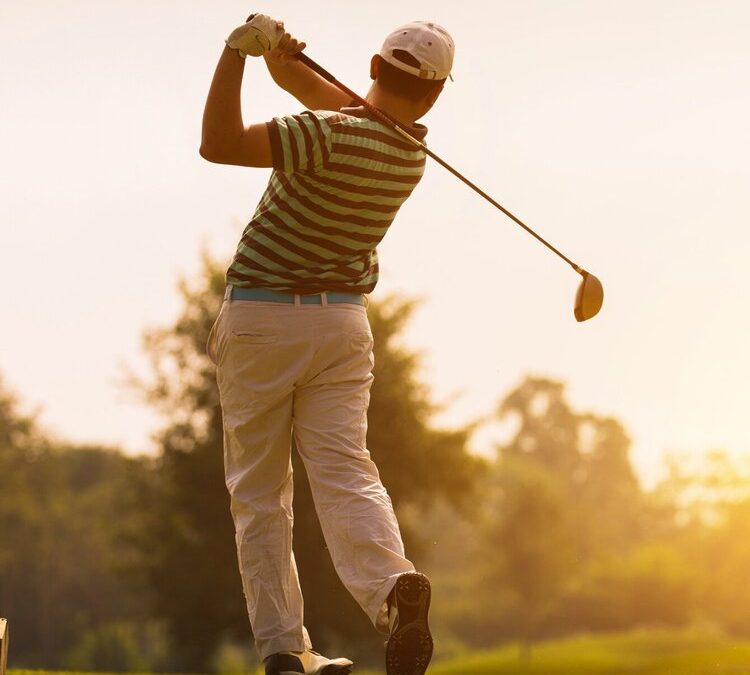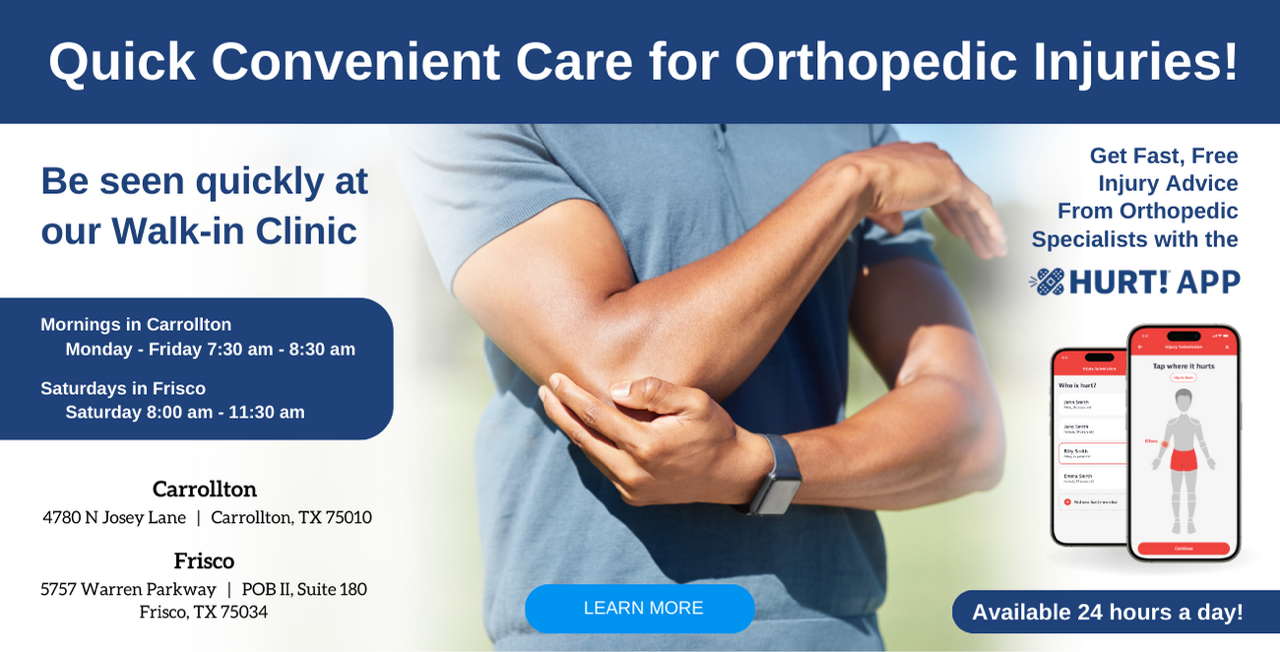Spinal Stenosis is an orthopedic condition that causes constriction of the space in the spinal canal. This puts pressure on the vertebrae and nerve roots in the spine, leading to a pinching sensation in the lower back, legs, neck, shoulders or arms. The condition most commonly affects the lumbar spine and causes pain along the back of the leg. Spinal Stenosis is usually a result of age related wear and tear of the spine.
Causes
- Aging: As people age, the connective tissues between the spinal vertebrae begin to stiffen, leading to the development of bone spurs. This, in turn, weakens the vertebral discs and facet joints in the spinal canal. All these factors cause narrowing of the spinal canal.
- Genetic Factors: People who have a congenitally shorter spinal canal or anatomical deformities in the vertebrae may develop Spinal Stenosis.
- Instability Of The Spine: The spinal canal can also narrow when one vertebra slips on the other.
- Arthritis: Osteoarthritis causes gradual degeneration of the discs that provide cushioning to the spinal vertebrae. This may result in narrowing of the space between the bones in the spine. Trauma: Injuries to the spine may dislocate or fracture the bones that produce fragments penetrating through the spinal canal.
Symptoms
- Severe pain
- Numbness and weakness in the legs, arms, shoulders or neck
- Tingling and pinching sensation in the legs
- Pins and needles feeling
- Pain reduces while bending forward
- Difficulty walking
- Clumsiness and frequent falling
- Abnormal bowel or bladder function
Treatment
- Medications: The orthopedic doctor may prescribe certain anti-inflammatory medications to relieve pain and discomfort.
- Injections: In cases of severe pain, injections may be administered into the spine to provide immediate relief.
- Rest: Taking sufficient rest and refraining from activities that may strain the back can help to ease the symptoms of Spinal Stenosis.
- Activity Modification: The patient may also be recommended to make certain changes in his posture while doing daily activities. These may include leaning forward while walking, lying with the knees elevated, sitting on a recliner in place of a chair with a straight back. This can help to increase the space in the spinal canal and control the symptoms associated with the condition.
- Exercise: Staying physically active is important to maintain muscle strength and flexibility. Performing exercises, as instructed by the physical therapist, may also help to improve balance and regain spinal stability.
- Surgery: It may be recommended if the conservative treatment options fail to provide relief. During the procedure, the spine surgeon may remove the bony growths and bone fragments to free up the constricted space.
OrthoTexas, Frisco provides complete diagnosis and treatment for Spinal Stenosis. To schedule an appointment with our orthopedic surgeon, you can call at(214) 618 – 5502.


